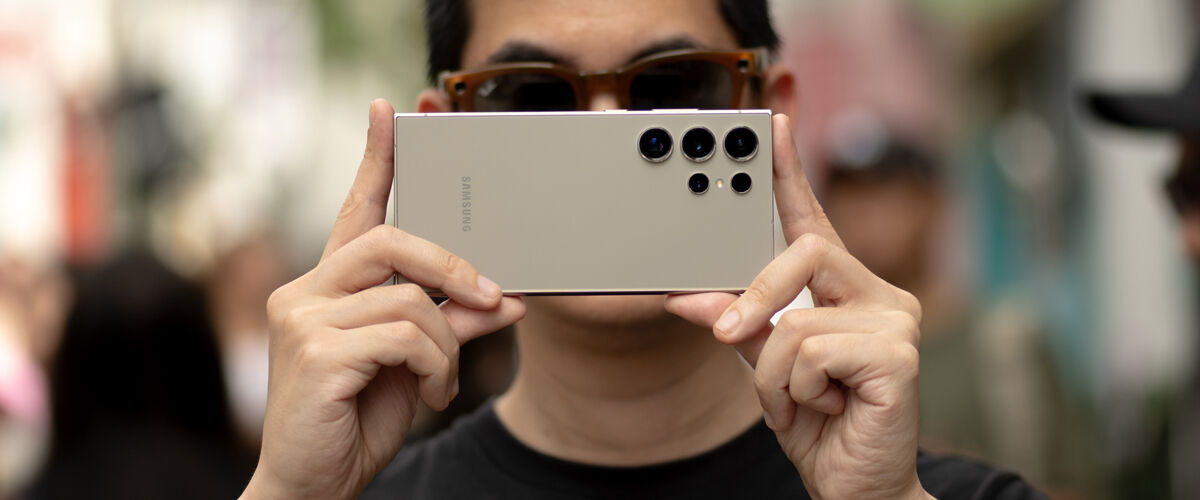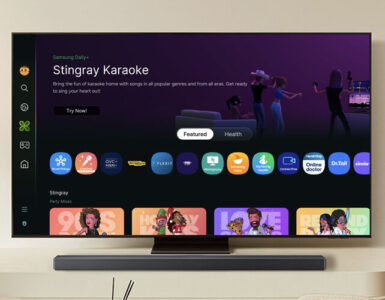As much as handset makers tout faster processors with sharper screens on the latest smartphones made with premium glass or metal, there’s no denying the biggest focus is still on the device’s cameras. Instead of just one camera, a phone can have up to five different cameras, with some even offering impossibly high, 200MP quality images. But what used to be a battle of colours, details and sharpness between two mobile phone giants has now expanded to more brands, as each offers cameras that produce similar-looking images.
Now Samsung is hoping to subvert expectations and bring the fight of smartphone photography to a whole new level, by using AI, or artificial intelligence to augment mobile photography by being the first hardware brand to tout their offerings in the space.
The foundations of the Korean tech giant’s latest Samsung Galaxy S24 series now use AI to, for example, help compensate for shaky hands and reduce photo blur, compressing image file sizes while maintaining image quality and suggesting helpful tweaks after the AI processes it. While it seems like an obvious trajectory, other leading handset makers the likes of Apple and other Android makers have yet to debut their own AI offerings in a meaningful way.
The latest Galaxy S24 mobile phone range now deploys 112 visual AI models and an advanced neural processing unit (NPU) for new camera features that include AI zoom, super HDR, and slow-mo video. It’s not the first time the Korean chaebol has used AI on its hardware but the technology has enabled the company to leverage AI as a key feature. 2019’s Samsung Galaxy S10 tapped on an NPU to assist with the processing load, back when the device only contained 4 visual AI models.
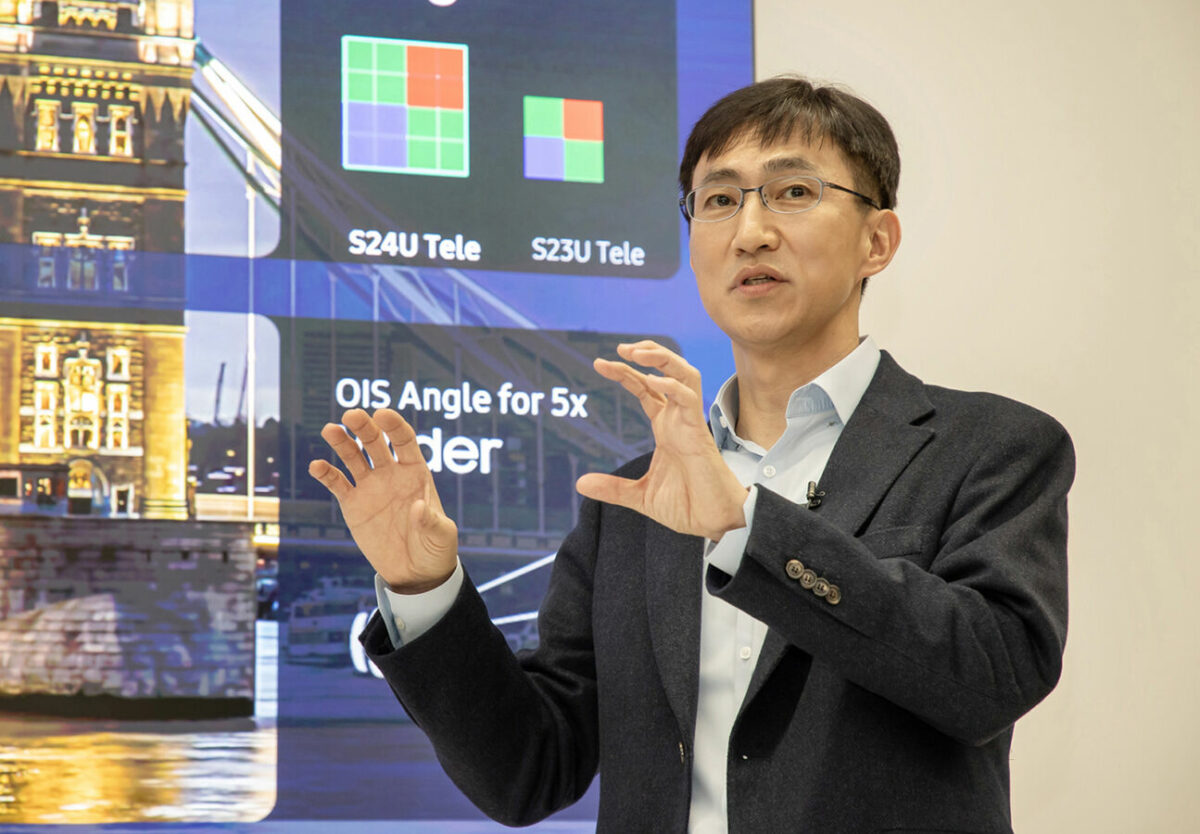
Much of Samsung’s camera tech development falls onto the shoulders of Joshau Cho, President of the Visual Solution team for Samsung Electronics’ Mobile eXperience Business. In the last 20 years, his team has seen the evolution of smartphones transform the market once dominated by Nokia and clamshell flip phones that were once the rage (how things have changed). Speaking at Samsung Research America after Galaxy Unpacked 2024 in January, Cho clearly established the differentiator in his company’s new line of devices.
“The Samsung Galaxy S24 series starts and ends with AI. Termed as the ProVisual Engine, it is the ultimate collection of Samsung’s AI features for its camera. The ProVisual Engine consists of largely three parts, the best AI model application, AI training with ‘good’ data sources, and using the best energy processing unit and NPU.”
But while AI plays a key role, it’s not the be-all, end-all software saviour as there also needs to be changed in hardware to support the transformation. The Galaxy S24 trades the long-range 10X optical zoom on last year’s Galaxy S23 for a higher-resolution, 5X optical zoom and a second 2X optical zoom lens. This potentially offers sharper detail at closer zoom distances but sacrifices the extreme reach of the S23. While this might leave some users disappointed, the decision did not come at a whim as Cho explained.
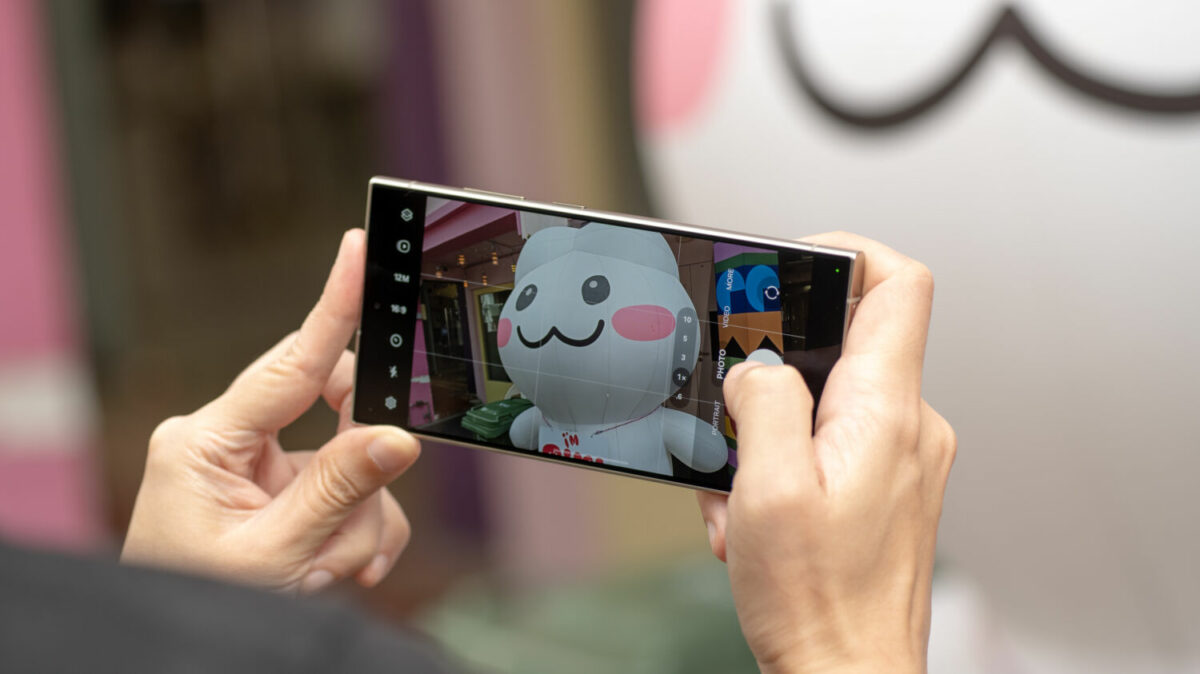
“We conducted user surveys and discovered that the biggest use cases were between 2X to 5X zooms and while there are use cases between 2X to 10X, 90 percent of users were on 2X to 5X zooms, and that is why we thought that ensuring the best image quality between 2X to 5X was the most important.”
To give users the best experience with the device, hidden within the S24’s menus is the rather controversial option dubbed Scene Optimiser. By default, this option is turned off and Samsung would prefer to leave it in the users’ hands to toggle this feature that taps on a level of AI to modify a scene accordingly which may or may not suit the users’ taste.
“Based on surveys, we wanted the users to identify their preferred colours and sharpness and so we decided that we wanted to provide more natural colour by default. But if the users wanted more rich colours and vivid imagery, they are free to turn it on.”
But can too much AI be a bad thing? This issue did come to the forefront last year when Samsung’s aggressive AI assistance generated controversy when it used existing images of the moon to fill in visual details of photos of the moon taken with the Galaxy S23. Since then, Samsung has sought to address those concerns and Cho iterated how the Scene Optimiser works for the benefit of the user –
“Whether you have the Scene optimiser feature on or off, users will be able to get the same image quality and we provide a lot of transparency to the users to which features are affected by AI functionality.”
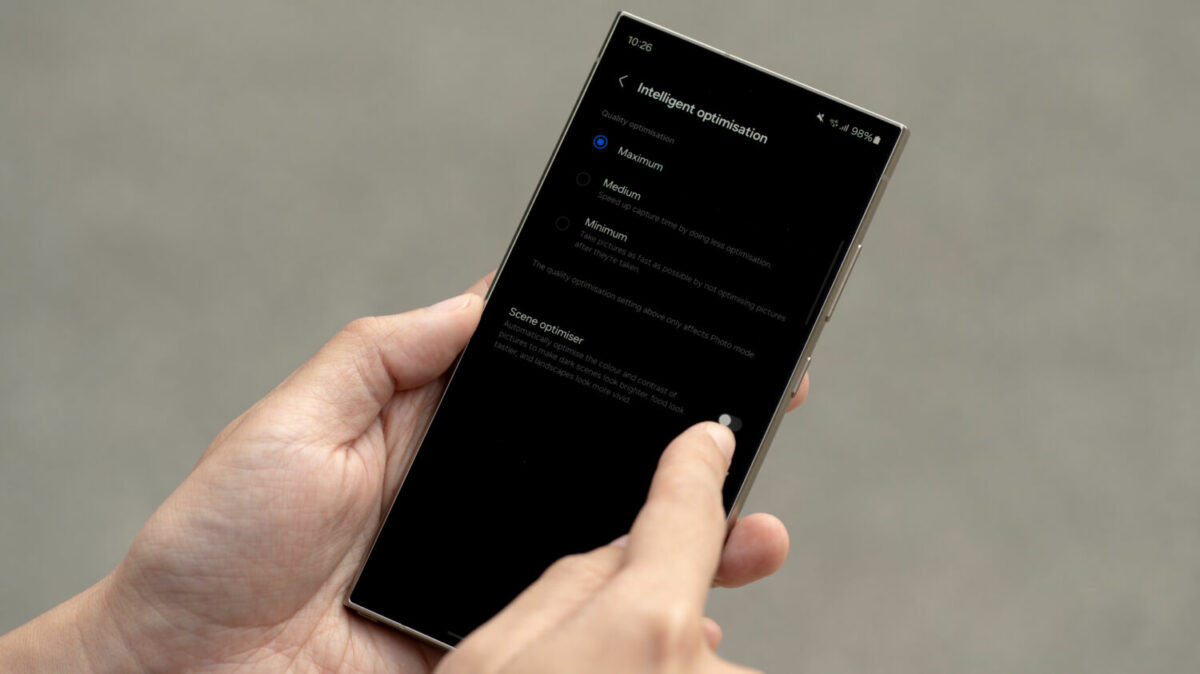
Delving deep into the camera’s settings menus would reveal that under the Intelligent optimisation segment, there are various toggles for a user to experiment which works best for their needs. If any other option other than “maximum” is selected, the scene optimiser, which seeks to ‘optimise the colour and contrast of pictures to make dark scenes look brighter, food look tastier, and landscapes look more vivid’ would immediately be greyed out.
Having used the device for a few days now, the images captured from the devices have been of excellent quality, and using the scene optimiser option does make ones pictures a tad saturated for our liking. Just know that if you do take photos of the moon with this AI feature turned off, you’ll likely get a ball of light with no discernible features within.
Ultimately, getting a Galaxy S24 and taking plenty of pictures to share on social media is the final goal. With the latest model, the phone supports HDR photo uploads to Instagram and Snapchat. Sadly, the beauty of such shots can likely be only seen on another S24 device for now.
Depending on your own usage, sharing the Samsung Galaxy S24’s best visual capabilities are rooted in the permanent side of the Instagram platform as Cho reveals, “We are working with Instagram to ensure the HDR capabilities are available for the feed but unfortunately, it’s not available for Instagram stories.”
From here on, it will be interesting to observe how the average user will be able to benefit from all these AI initiatives. The Samsung Galaxy S24 is a monster when it comes to visual fidelity and it’s in the hands of the users to go out there, shoot their best pictures, and let AI handle the rest.
Gerald currently straddles between his love of video games and board gaming. There’s nothing that interests him more than trying out the newest and fanciest gadget in town as well. He dreams of publishing a board game sometime in the future!

